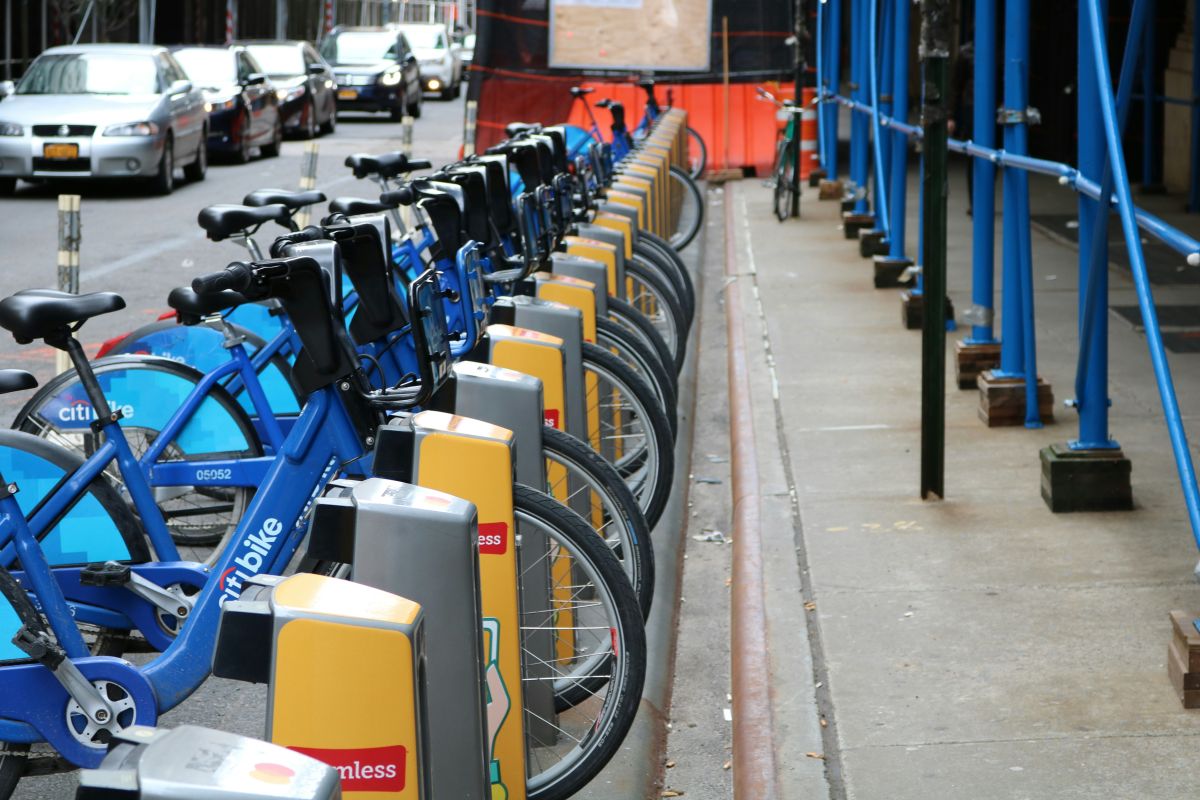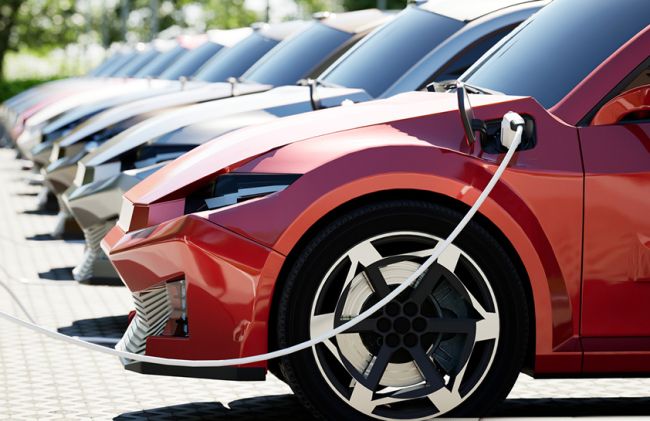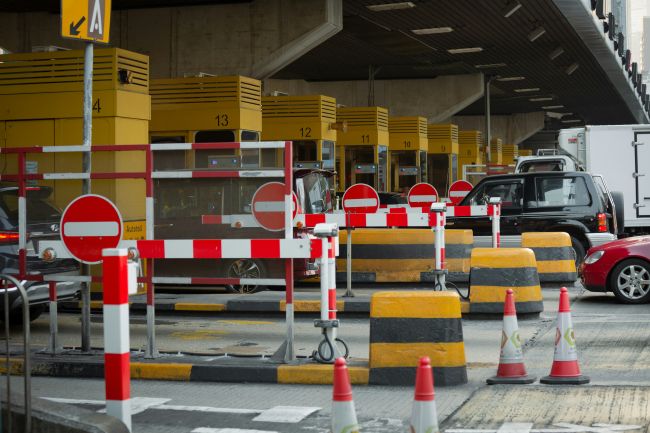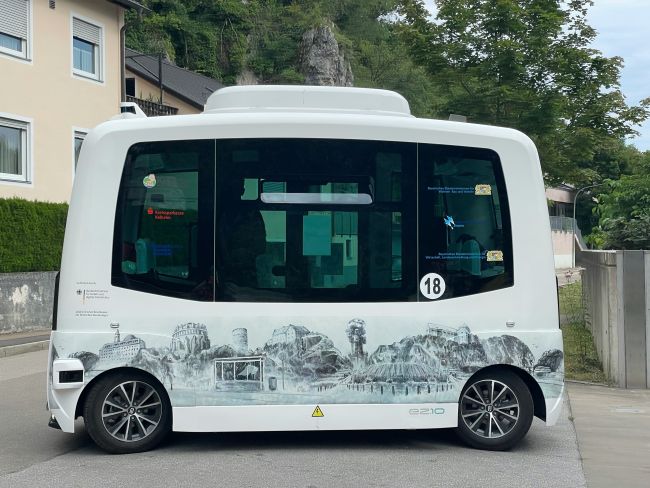Global bike sharing success
We look at what drives successful bike sharing programs around the world.

From a novel urban experiment to a key element of the public transportation network, we look at what drives successful bike sharing programs around the world.
Ten years ago there were only five bike sharing programs worldwide, all operating in Europe. These pioneering systems consisted almost exclusively of a fleet of 4,000 free-touse bikes being placed within a city (most of which were stolen within months).
Today, the current worldwide bike sharing fleet is estimated to be around 236,000 bikes in 230 towns and cities. While Europe is the home of bike sharing, accounting for 74% of all cities with a program, bike hire systems can now be found on every continent (except Africa and Antarctica).
Cities have discovered that rather than being a novelty, bike sharing programs can play an important role in today’s transportation network, essentially filling the gap of trips that are too long to walk comfortably, but short enough to make public transportation seem unnecessary. Recent high profile successes of the Paris and London systems have led to a rapid expansion. In North America, a large number of cities are now implementing or considering bike sharing systems through bike rental companies like Bixi (operating predominantly in Canada) and B-Cycle in the US.
Whether for a major metropolitan city implementing an all bells and whistles system, or a small urban area utilizing a simple internet-based model and cell phone technology, there seem to be systems to fit cities and towns of all shapes and sizes. But what makes it work for some and not for others?
In the UK, London’s Barclay’s Bike Hire has had a great response to its launch in July last year and is currently undergoing expansion. However, only a handful of other UK cities have managed successfully to set up and operate a bike sharing program.
Systems that are successful usually have at least two main things going for them, political will and an understanding of the need wholeheartedly to embrace bike hire in their city (ensuring widespread docking stations at all important origins and destinations).
Another key factor that seems to sway bike sharing success is culture. Where no “cycling culture” exists, bike sharing can, and does, fall flat. There is still stigma attached to biking in cities where it is seen as a mode of transportation for a limited percentage of the population. In places with many bike users, a much wider selection of society is usually open to biking. This ‘culture’ manifests itself when non-bikers see people like themselves biking, and where associated benefits become more apparent.
A biking culture will not appear overnight. In London, it took a combination of factors, namely road user charging and strong political leadership which instigated widespread biking infrastructure, signage, and route improvements.
Any new bike sharing system must be part of wider biking improvements; taking a holistic approach to increasing biking as a mode of travel will reap rewards.
















